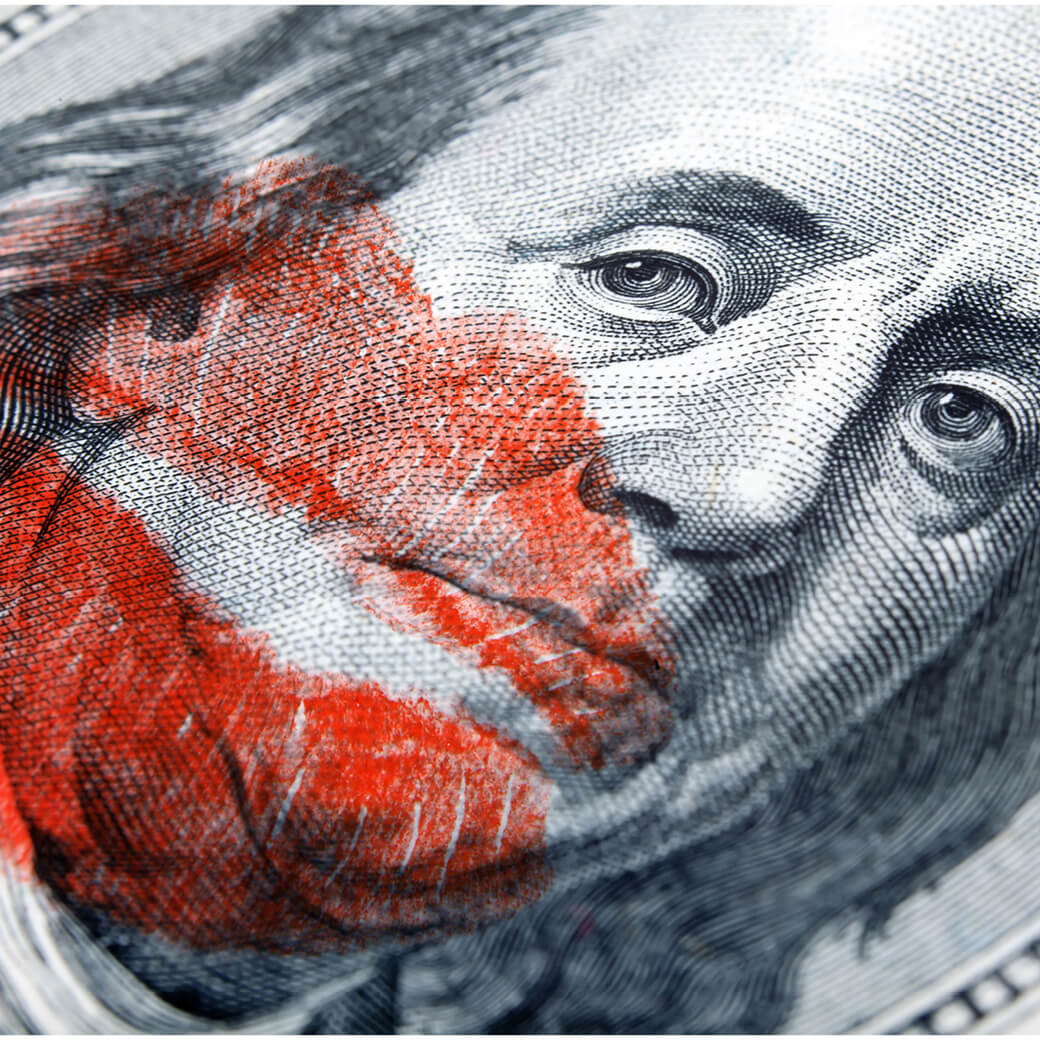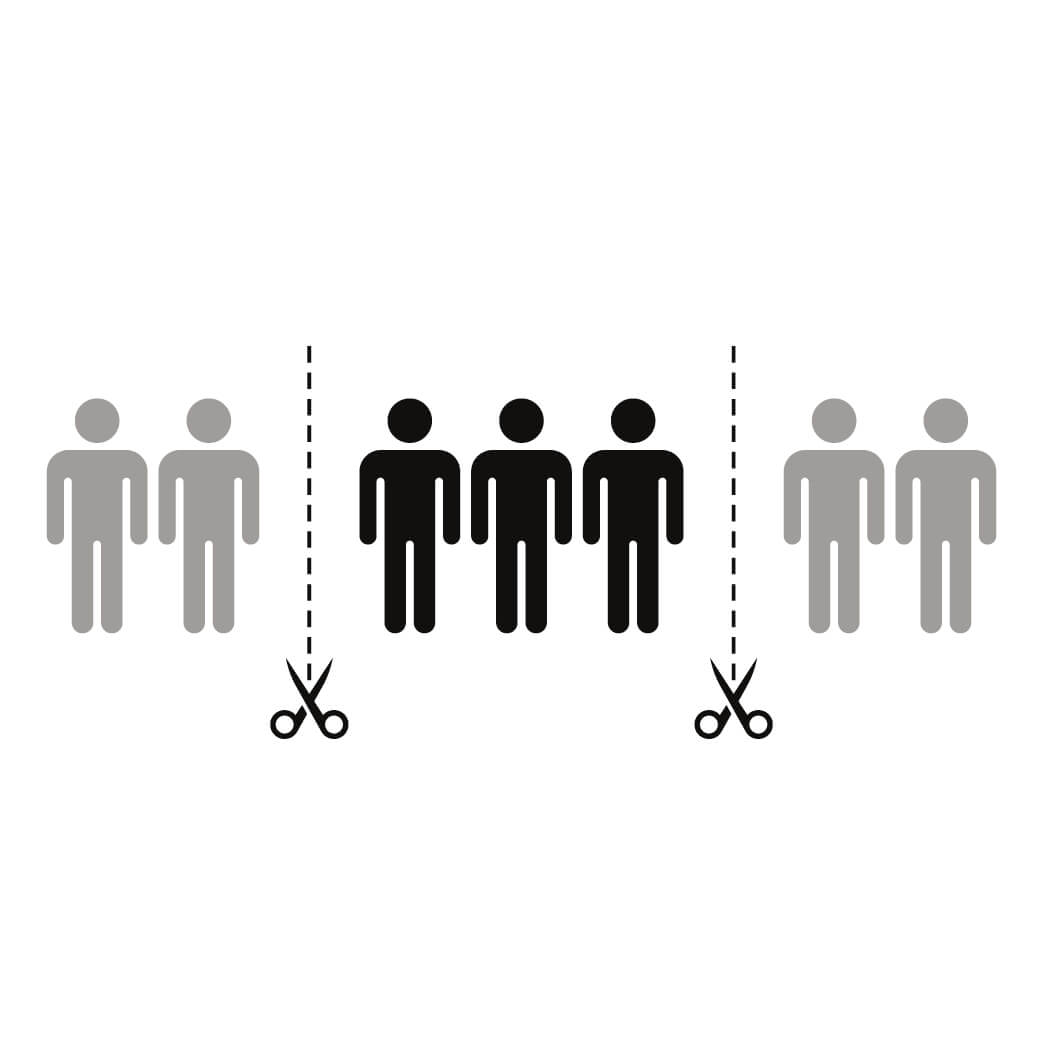
I was standing outside a restaurant with my wife the other day, waiting for our breakfast burritos to be ready when she said, “wow, that Audi looks just like a Tesla 3.”
I turned and saw a Tesla 3 – to which the owner had removed the Tesla logo and applied Audi badging. The owner parked, as I hoped he would, and I went over to ask him about it. His response was, “There are a lot of crazy people out there hating Tesla.” I realized that he was an employee of SpaceX – there are a lot of those living near me – and so he might be more predisposed to thinking of Tesla haters as being “crazy.”
What he was describing is not a “crazy” problem, it is an identity problem. The identity that attaches to driving a Tesla has suddenly and dramatically changed. And here, as in many other areas, behavior is steered by identity.
Make Me
In April I will be standing, with a client, on stage at the National Rx and Illicit Drug Summit in Nashville and giving a talk on the “Speak Up” teen fentanyl and meth prevention campaign we developed in collaboration with Ventura County Behavioral Health. I’m proud to say that it has been a very successful campaign that has won several awards. The focus of my part of the presentation will be about behavior change, particularly for teens. Or more specifically, identity change.
If one solely aims for behavior change, it is a low bar and easy to do. It can be achieved through threats, bribes, guilt, pleading and numerous glitzy campaigns. But generally, once the impetus is removed (the threats stop, the campaign reaches the end of its media budget etc.) the behavior will slowly (or quickly) return. Which is to say, behavior change is easy, sustained behavior change, however, is much more difficult. The recidivism rate for AA is a secret that everyone seems to agree to never talk about. (It is high, shushhhh.)
To me, recidivism rates are no surprise. And it is because most agencies, whether government, non-profit, or advertising only aim for behavior change.
The real results come from identity change. One of the reasons why AA has such high recidivism rates is that no-one is really encouraged to evolve. Their identity is and is always an “alcoholic.” Apple knows better…
The Brand in Me
Often, when giving lectures to young university students, I will show a commercial they almost certainly will never have seen. The “1984” ad that launched the Mac computer in 1984. The ad aired officially once, in the 1984 Superbowl, but has been replayed for free a billion times since. The reason I play the ad is to point out the most far-reaching decision that Steve Jobs ever made; he created the Apple brand and essentially it has not changed since 1984.
And you intrinsically know this brand on a DNA level. It’s why you pay 25%+ more for an iPhone or Mac than an equivalent product from anyone else.
What Apple and very few other companies (and close to zero government or non-profit entities) understand is that the real power of the brand is not who the company or product is, it’s who you – the customer – get to be by association. The brand lives in the person, not the company. The more special you get to be as a customer, the more you will need to associate with their products. That is identity. And behavior always follows identity. Essentially, who you are is how you act. Few companies have the customer loyalty that Apple has, and the reason is, it is not about the products, it is about how you get to feel by being an Apple user. The beauty, of course, is that you only can have that identity by throwing your wallet into an Apple store.
The power of the Apple brand even shows up in non-Apple users. Ever notice how often Android phone users need to tell you how their phone is better than your iPhone? That pretty much does not happen against any other brand.
If your branding is about the products, then you leave the door open for better products from someone else to displace you. When it is about identity, then leaving you is essentially unthinkable, because customers need their identity fix. Who cares about what another company makes or what features they have?
This is what I will be talking about in Nashville. We have applied identity evolution to prevention campaigns and the success speaks for itself. Because when you change identity, your behavior effortlessly changes to match the new identity.
Whereas, behavior change driven by logic, threats etc. —and therein willpower will always backslide, behavior change driven by identity is very little effort. What is the effort, after all, in just being yourself? And when you offer teens (or anyone) an identity upgrade, they jump at it and adopt the behavior that goes with the identity upgrade; the behavior is the proof of who you are. The trick however, particularly with teens and young adults, is to not get caught engineering this shift. (This is where behavioral campaigns with “dot gov” URLs tend to stumble, few people and zero teens consider associating with the government an identity upgrade…)
As Elon Musk is now finding out, this identity change should not be taken for granted. If the identity that goes with your product or initiative undergoes a severe perspective reversal, essentially from cool to uncool or good to bad, then like a light-switch the same powerful, very sticky forces that adhered people to you, can just as powerfully repel them. No-one wants their identity to be downgraded.
Turns out, “Treat people as you wish to be treated” is the golden rule in branding also…

When humans face true cataclysm, we pull together. When it’s about money and power, not so much.

When people see public health messages directed at them, they are very aware that others can see them also and it can trigger concern of how other people in the community now think about them.
People seek to have power over their own lives. Teens, adults, older adults – everyone. What happens when they feel powerless? What happens when you or your communications make them feel they have less power?
The way we talk to others demand that they accept an identity for themselves, and sets up a particular relational dynamic. If we're not careful, that identity can be stigmatizing or turn away the very people we're trying to help.
Get the latest posts and updates delivered to your inbox.